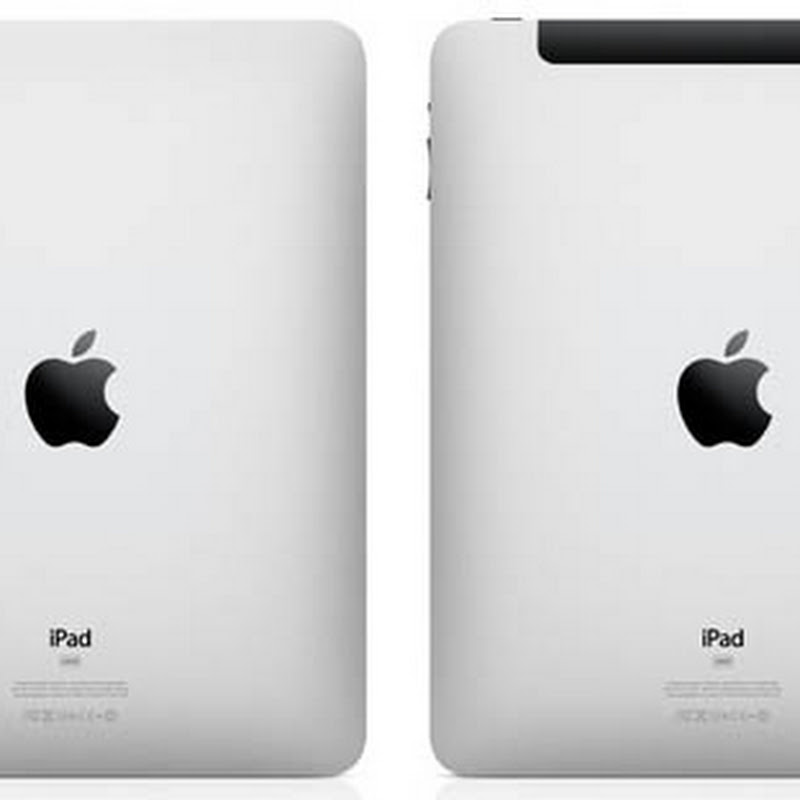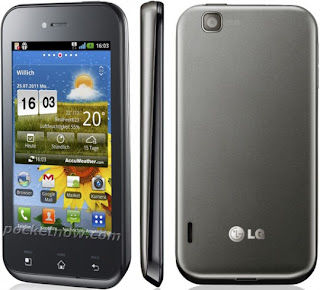LG DIVERSIFIES SMARTPHONE LINE-UP WITH USER-FRIENDLY OPTIMUS SOL
New Phone Boasts Elegant Design, First-Class Display, Great Multimedia Connectivity
SEOUL, Aug. 22, 2011 - LG Electronics (LG) today announced the latest addition to the LG Optimus smartphone series: the LG Optimus Sol (LG-E730). Running on the Android 2.3 Gingerbread platform, the LG Optimus Sol offers 9.8mm slimness with a brilliant 3.8-inch "Ultra AMOLED" display. Sol is aptly named for its high clarity display which makes content easy to see even in bright and sunny conditions.
"The Optimus Sol stands out from its competitors as the most affordable 1 GHz Android smartphone with an AMOLED display," said Dr. Jong-seok Park, President and CEO of LG Electronics Mobile Communications Company. "By introducing a no- nonsense phone that boasts one of the best displays on the market, we think we have a real winner for consumers looking for a subtle but visually stunning phone."
With a depth of only 9.8mm, the LG Optimus Sol boasts a sophisticated design, solid feel and enhanced user experience. Users can enjoy a great web browsing performance thanks to the 1GHz CPU, as well as enhanced Flash 10.1. on a 3.8-inch WVGA Ultra AMOLED display with a superior color gamut. The new and improved Ultra AMOLED display has a two-fold advanced reflection rate compared to standard AMOLED displays, and reduces image quality degradation.
The device uses an enhanced idle-based power management system that boosts battery life by 20 to 30 percent. With the Dark UI selected, the Optimus Sol utilizes less white light in order to extend the battery life performance. The phone includes a 5.0MP camera for fast auto-shuttering, auto-focusing and shot-to-shot. Users can also take full advantage of multimedia connectivity via onscreen links to DLNA and Wi-Fi Direct.
This new handset will be introduced in Europe beginning mid-September, followed by roll-outs in Central and South America. The Optimus Sol will be available in black, titan and white, availability depending on the region.
About LG Electronics, Inc.
LG Electronics, Inc. (KSE: 066570.KS) is a global leader and technology innovator in consumer electronics, mobile communications and home appliances, employing more than 93,000 people working in over 120 operations around the world. With 2010 global sales of KRW 55.8 trillion (USD 48.2 billion), LG comprises four business units - Home Entertainment, Mobile Communications, Home Appliance, and Air Conditioning & Energy Solutions. LG is one of the world’s leading producers of flat panel TVs, mobile devices, air conditioners, washing machines and refrigerators. LG has signed a long-term agreement to become both a Global Partner and a Technology Partner of Formula 1TM. As part of this top-level association, LG acquires exclusive designations and marketing rights as the official consumer electronics, mobile phone and data processor of this global sporting event. For more information, visit www.LGnewsroom.com.
About LG Electronics Mobile Communications Company
The LG Electronics Mobile Communications Company is a leading global mobile communications and information company. With its cutting-edge technology and innovative design capabilities, LG creates handsets that provide an optimized mobile experience to customers around the world. LG is pursuing convergence technology and mobile computing products, while continuing its leadership role in mobile communication with stylish designs and smart technology. For more information, please visit www.lg.com.



 [via androidcentral]
[via androidcentral]





 10:23 AM
10:23 AM
 Simranpal SIngh
Simranpal SIngh







 [
[





 [
[



























